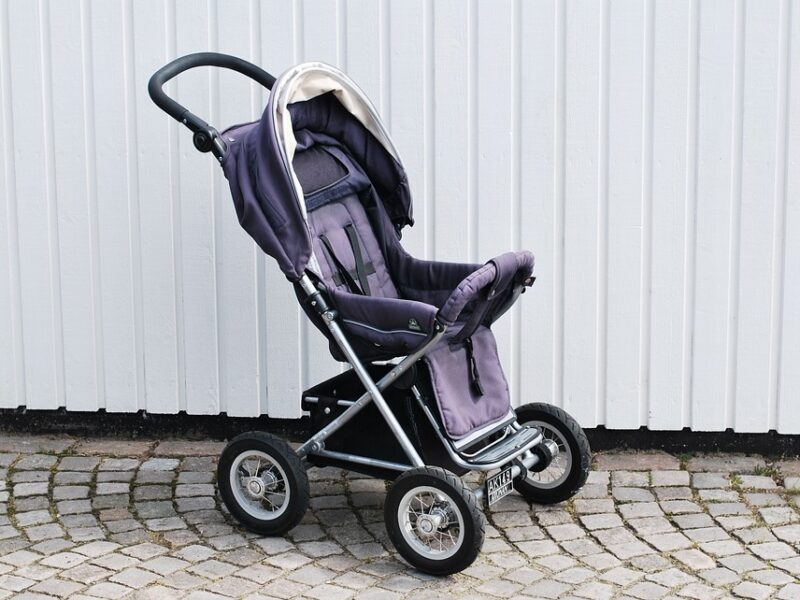Car seats are an essential piece of equipment for use in cars with babies and children, and help protect their safety. But with such a wide array of products on the market, how can you ensure you choose and fit the right seat for your vehicle?
When it comes to car seats, you can be forgiven for thinking one model would fit all cars.
However, sadly this isn’t the case and choosing and fitting a car seat is not quite as simple as that.
There’s a huge array of car seats on the market today, but the models differ and not every car seat will fit correctly in all types of car. It’s an easy mistake to make, especially if you’re a first time parent and don’t know that car seats vary so much.
When you’re choosing a car seat, check carefully that the model you’re interested in will fit with your car.
Ask to read any fitting instructions included with the product, but if you’re still unsure, check with the manufacturer or look on their website. It’s perfectly fine to ask to try the seat out in your car before you buy too, as this will help clear up any uncertainties once and for all.
By being clued up, doing your research and checking the compatibility of different car seats with your type of vehicle, you can make the process become easier.
Car seats are essential for keeping babies and child safe when travelling in a car and, by law, all children under the age of 12 years old have to use them. The various different types of car seats include:
Baby seats – these are aimed at babies from newborn age to about 15 months, or when they weigh 13kg. Baby seat are rear facing.
Combination seats – rear facing combination seats can be used from birth to when the child wears 13kg. Forward facing combination seats come into force at 13kg until 18kg, or about four years of age.
Forward facing seats – these are used between about nine months and four years of age, or when your baby weighs from 9kg to 18kg.
Highback boosters and booster cushions – these are aimed at children from about four to 12 years of age, or when children weigh 15kg to 36kg.
Fitting Tips
Once you’ve purchased a car seat that will fit your car, it’s essential that you fit it correctly.
An incorrectly fitted seat will put your child at risk; worryingly, statistics suggest up to 80% of seats may be fitted wrongly.
This is one example of a situation where it’s crucial that you read the product fitting instructions carefully, rather than launching straight into the task.
Getting the seat into the car correctly can take time, so don’t leave it until you need to use it for the first time. Instead, have a go at fitting it in the car a couple of times in advance, so you know how it works and fits. It should fit well into the car, with no movement.
When your child is in the seat, the harness should fit snugly around them, so they’re comfortable and safe.
If you get the opportunity, it’s worth double-checking the seat is fitted properly. Some specialist shops selling car seats will have experts available on hand to check the seat, or look out for a car seat safety day being run in your area where experts will check seats for you.
Don’t forget that if you have two cars, or are using the seat in someone else’s car, it won’t necessarily fit and you may need another seat.

